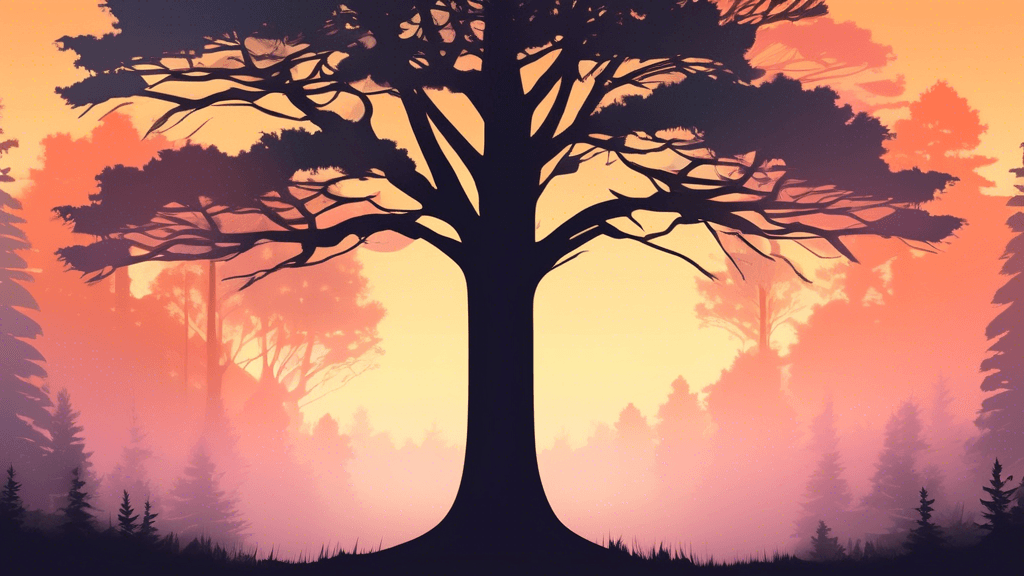
Embracing Emptiness: Exploring Negative Space in Nature Photography
Share
Understanding Negative Space in Nature Photography
Have you ever looked at a photograph and felt instantly drawn to it, yet you couldn't pinpoint why? Sometimes, the magic lies not in what is filled but in what is left empty. This is the power of negative space in nature photography. But what exactly is negative space, and how does it enhance the visual impact of a photograph?
What is Negative Space?
Negative space, often referred to as 'empty space', is the area surrounding the main subject of the photograph which is left unoccupied. It's not merely 'blank' space — it's a powerful compositional tool that helps to define the atmosphere of the image and directs the viewer's focus to the intended subject.
But why should we care about negative space in nature photography? Here's why:
- Focus: It emphasizes the subject, making it stand out.
- Balance: It can balance the composition and give the image a minimalist feel.
- Mood: It can dramatically alter the mood of the photograph, often evoking a sense of tranquility and simplicity.
- Meaning: It allows viewers' imagination to wander, adding depth to the story being told.
Techniques for Using Negative Space Effectively
How can nature photographers use negative space effectively? Here are a few techniques:
- Use a simple background: A clear sky, an open field, or a smooth body of water provides a great canvas for utilizing negative space.
- Composition: Position your subject using the rule of thirds instead of centering them. This provides more negative space and makes the composition more dynamic.
- Contrast and color: Utilizing contrasting colors or a monotone background can highlight the subject more profoundly.
Michael Kenna, a well-known photographer celebrated for his stark landscapes and adept use of negative space, once said, I'm more interested in suggesting things than explaining everything. This quote underscores the essence of using negative space — it's about suggestion, not detailed explanation.
Challenges and Considerations
While the use of negative space can be profoundly effective, it's not without challenges. Here are some considerations that photographers should keep in mind:
- Too much emptiness: Too much negative space might make the subject feel lost or insignificant.
- Balancing elements: It can be a delicate balance to maintain the right amount of negative space without making the image feel underwhelming or overly sparse.
- Capturing emotion: Too much negative space might drain the emotional impact if not used wisely.
It's all about finding that sweet spot where the negative space serves the purpose of enhancement without overwhelming the main subject.
Inspiring Examples in Nature Photography
In the world of nature photography, several seasoned photographers have harnessed the power of negative space beautifully. Images like a lone tree in a vast desert or a small bird against the backdrop of an expansive sky are evocative images where negative space speaks volumes.
Considering the artistic and emotional depth that negative space can evoke, it's clear why this technique is a staple in many celebrated nature photographs. It pushes us to see beyond the obvious and appreciate the subtle interplay between presence and absence.
Conclusion
Embracing emptiness through negative space is not about capturing 'nothing'; it's about highlighting 'something' in such a way that its essence is magnified. Whether you're a beginner or a seasoned photographer, experimenting with negative space in your nature photography can lead to unexpectedly profound expressions of artistic vision.
Next time you're out in nature with your camera, challenge yourself. What can you do differently by considering not just what you include in your frame, but what you intentionally leave out?
Now, go ahead, embrace the emptiness. Let the world see what you see when you look at what’s not there just as much as what is.





